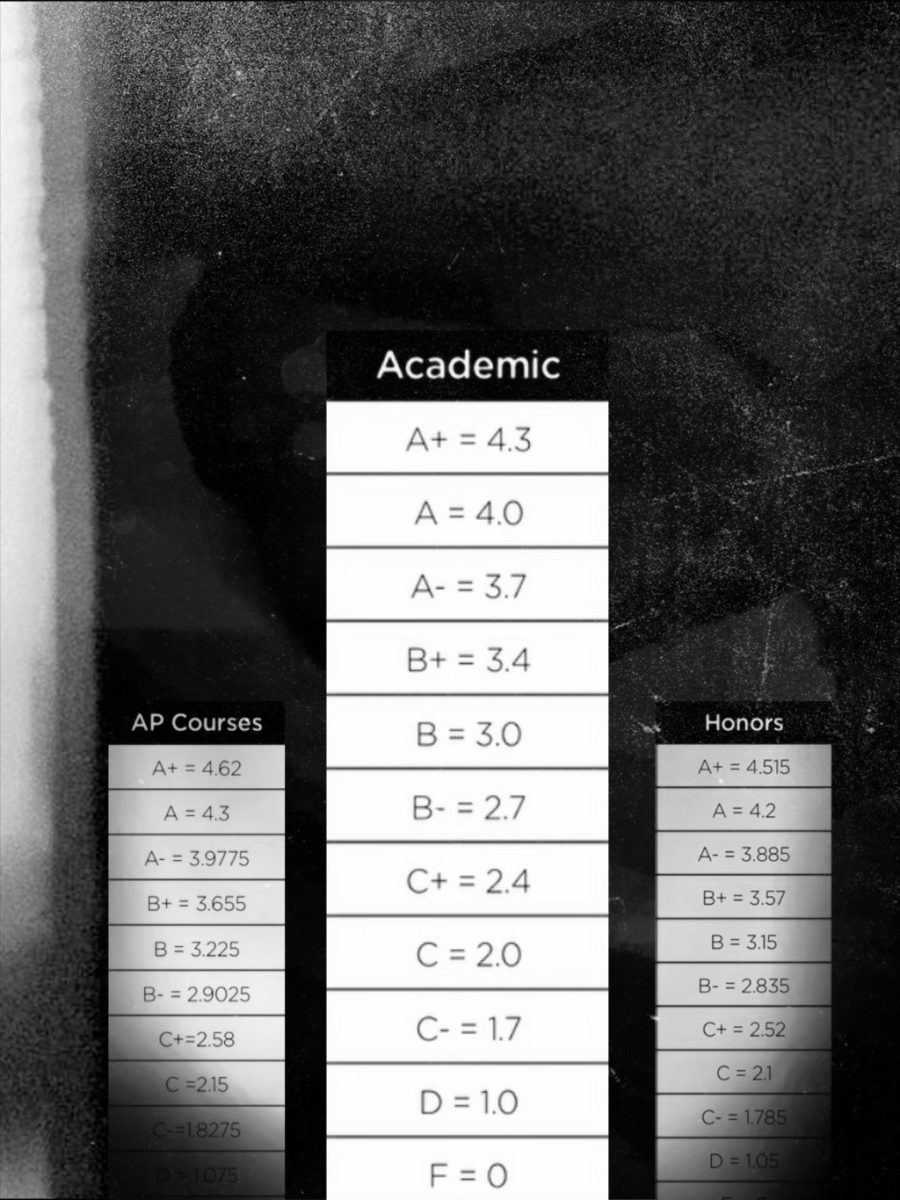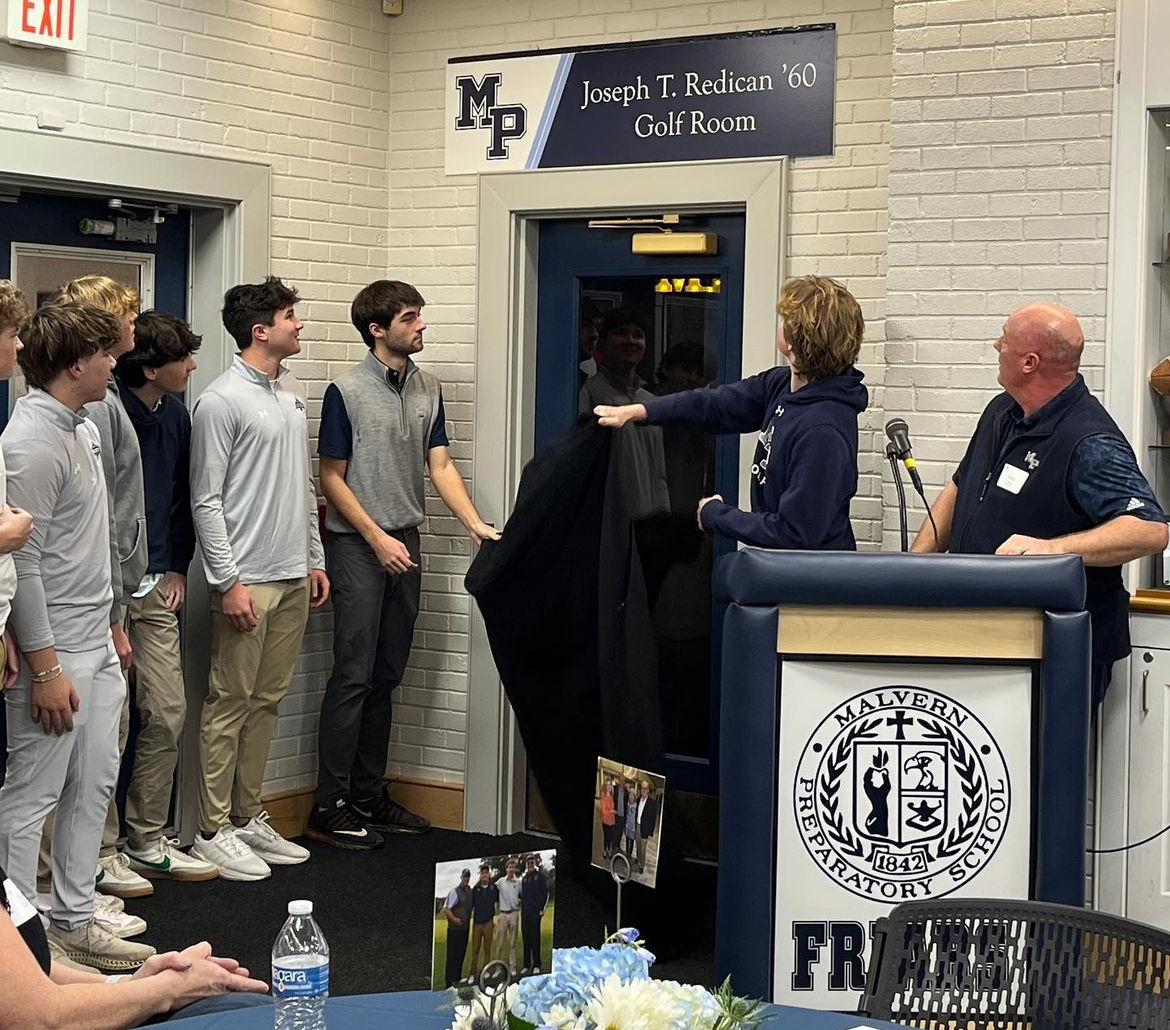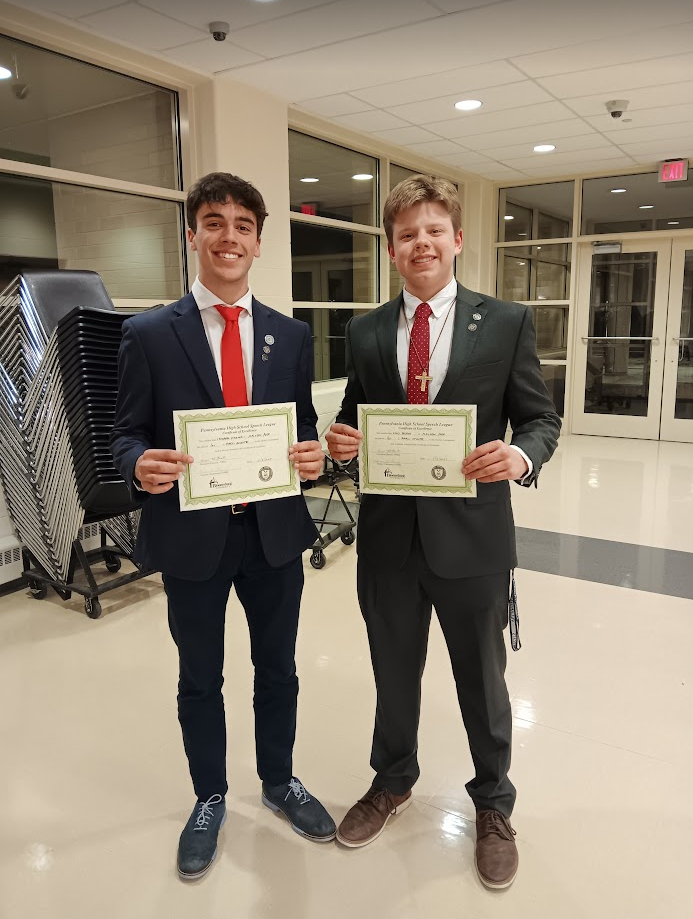Administrators say decisions are complex and sensitive to employee and family needs.
The only thing that is constant about Malvern’s tuition is that it is constantly increasing.
The current cost for a student to attend Malvern is around $32,000. This amount changes every year, with an average increase of three to three and a half percent each year, according to Director of Finances and Facilities Mr. Theodore Caniglia, Jr.
He stated that last year the increase was 2.48 percent, but this percentage varies annually.
“It was the lowest increase in recent memory,” Head of School Christian Talbot said.
Caniglia accounts these increases mainly to the reasons of salaries and faculty and staff benefits.
Malvern supports three main benefits for employees. The school covers three-quarters of the cost of employee health insurance options. The other two benefits are life insurance and long and short-term disability.
[perfectpullquote align=”right” cite=”” link=”” color=”” class=”” size=””]“It’s almost always the case that any meaningful increase in tuition almost always comes from people.”[/perfectpullquote]
“Seventy-five percent of our budget comes from salaries and benefits for employees,” Talbot said. “It’s almost always the case that any meaningful increase in tuition almost always comes from people.”
Talbot said teacher salaries and benefits need to rise along with the cost of living. He thinks that it is right that most of the budget and its increases are based around the people of the school.
“We’re a school. We’re a community. It’s a business that’s around what happens when people interact, so you would hope that’s where the biggest part of your investment is,” he said.
“It would be terrible, really awful if we just said ‘Well, if we really want to kind of keep our budget increase next year flat or really, really low, we’re going to fire some teachers,” Talbot added. “That would not help our mission.”
In addition to the component of employee benefits and salaries, Caniglia also said that a main reason for increases and a large part of the budget is based on financial aid for students.
With about 33 percent of Malvern students receiving receiving some form of financial aid, and an amount greater than $3.1 million given in aid each year, Malvern is concerned with affordability, according to Caniglia.
According to Talbot, member schools of the National Association of Independent Schools (NAIS) provide, on average, some form of financial aid to 1/3 of their students.
“In other words, our 33% is typical,” Talbot stated in an email.
Rising tuition costs are an important concern among all of the school’s administration.
“I also want to emphasize – that’s not to say that it’s not a significant cost to families. Even two percent on $32,000 is a lot of money,” Talbot said. “I don’t want to diminish that at all.”
“They try to be very sensitive to the needs of our families and also sensitive to the landscape,” Head of the Upper School Mr. Ron Algeo said. “In other words, we don’t want to be that school that has the highest increase in tuition.”
Talbot said that the amount of financial aid Malvern offers relative to the school’s tuition makes the school’s ‘tuition discount rate’ one of the lowest in the area.
“A low tuition discount rate is a sign of exceptional fiscal discipline – and I would hasten to add that Mr. Caniglia deserves 100% of that credit,” he said.
The other 25 percent of the budget that is separate from the salaries and benefits portion is made up of a multitude of different categories.
There are two main subsections, according to Caniglia. This first is Malvern’s financial aid and scholarships, which makes up 15 percent of the budget. The second is school management, which makes up the last 10 percent.
“There’s a lot of stuff that goes into that 25 percent,” Talbot said. “The other 25 percent can include things like the capital maintenance budget. Every year we have to make sure that we are keeping the whole campus in tip-top shape.”
Talbot said the capital maintenance budget holds approximately $400,000 for the purpose of maintaining buildings and the grounds. Other pieces of this 25 percent include things like athletics, sports equipment, hiring referees, and buses.
“All of these things add up,” Talbot said.
This vast collection of components included in the budget is all taken into account by a financial board that is a subcommittee of the board of trustees, according to Algeo.
“I know that there’s a financial committee, a subcommittee of the board of trustees that meets regularly to look at what the fiscal needs are of the school, how we can meet those needs through tuition but alternate revenues as well to help keep that gap smaller,” Algeo said.
The committee is in the middle of developing a budget model for the 2017-2018 school year, which is a tedious process in which the board asks many important questions about moving forward financially.
“They’re collecting data now in terms of building a budget for next year. In other words, what are the school’s needs?” Algeo said. “Do we have the money to be able to handle those things? If not, where do we get that money from? Can we find creative ways of doing that?”
It takes a couple of months for the board to reach final decisions on the next year’s financial plans.
“That happens from now through almost the end of December, and then in January [or] February they release the new tuition,” Algeo said.












